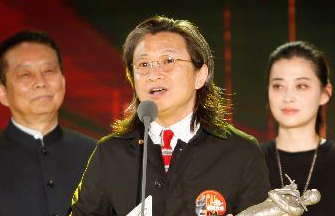Working to keep Uygur folk tradition alive
( China Daily ) Updated: 2015-04-20 08:24:32She started to learn Uygur dances at 4, with her parents, both of whom worked for a local singing and dancing troupe. In 1978, she traveled more than 4,000 kilometers from Urumqi to study folk dance at Minzu University of China in Beijing.
As a deputy of the National People's Congress, she has a rather hectic life. But she spent much of her time during the past two years promoting the traditional art form.
There are various kinds of meshrep, which have different cultural and social functions, including kok for the farming season in spring, huoxalik for festivities and namakul for mediating conflicts or settling disputes.
In Forever Meshrep, which revolves around the story of a couple, from their first meeting, getting married to raising children and coping with life's struggles, the audiences will see around 30 types of performances by more than 150 actors from the region.
Abdulla says she initially wanted to display different pieces, but while working on the show, found out that each meshrep was distinctive. "Thus, I put them all together in a story," she says.
According to Li Jilian, the director of the Urumqi-based Xinjiang Art Research Institute, the region has been marked by a high degree of cultural exchange between the East and the West, in particular due to its location on the ancient Silk Road.
"As many established meshrep hosts and artists of the older generation passed away, fewer people could practice a complete performance," says Li, adding that only 40 kinds of the art form are now left from some 130 kinds in 2008.
In 2013, Forever Meshrep won the prestigious Lotus Award, the country's highest honor in folk dancing.
- Chinese folk art expo to tour US
- Hani ethnic folk performance coming to 2015 expo
- A Uygur scholar tells about passion for Chinese language
- Uygur-language website connects Xinjiang and the world
- Dance veteran leads new initiative for Chinese ballet
- Monks perform religious dance 'Tiaoqian' in NW China
|
|
|
|
|
|
|
|
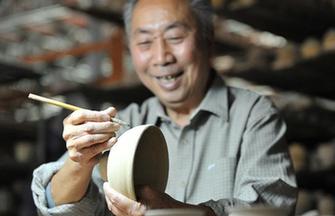


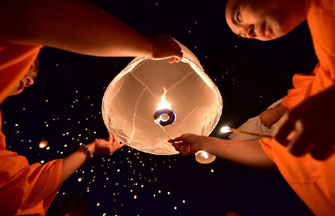

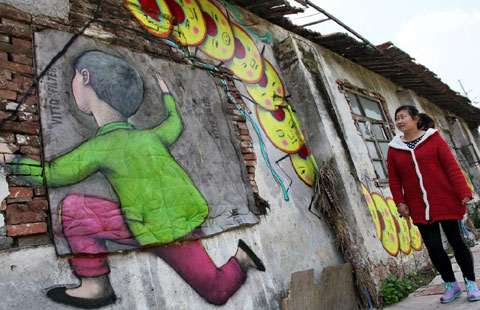
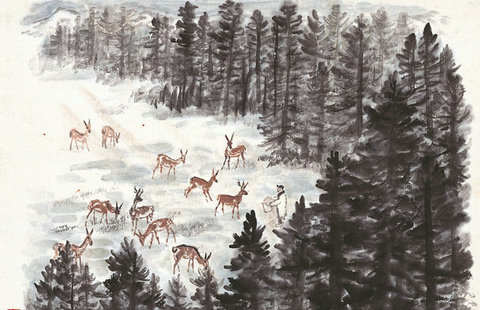
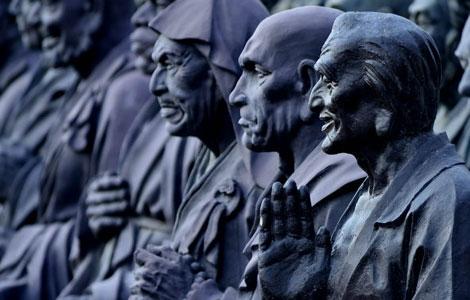
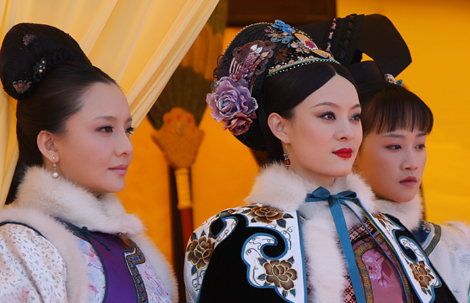
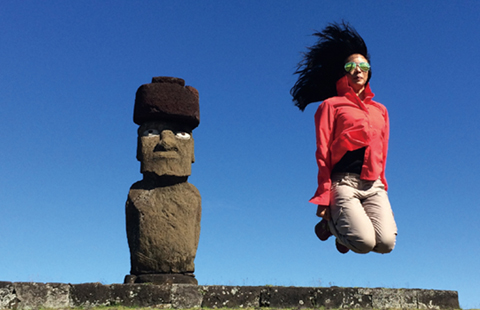



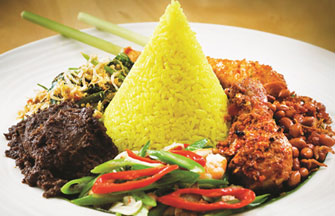


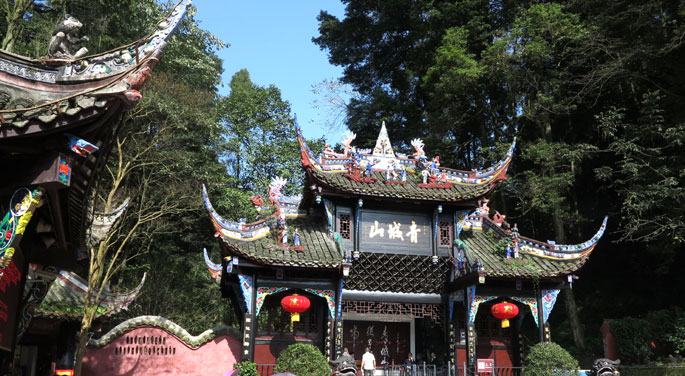





 Raymond Zhou:
Raymond Zhou: Pauline D Loh:
Pauline D Loh: Hot Pot
Hot Pot Eco China
Eco China China Dream
China Dream China Face
China Face


